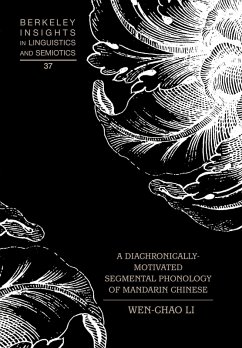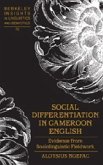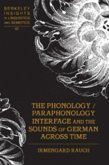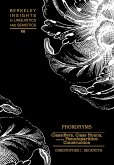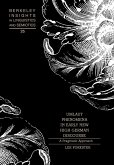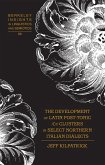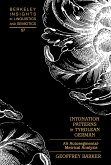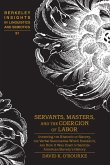Breaking with the Saussurean tradition of separating the synchronic from the diachronic, this book presents an analysis of Mandarin Chinese segmental phonology in which rules and constraints are modeled after historical sound change. The analysis provides original solutions to major phonological problems, most notably, the relationship between sibilant and velar initials, the organization of vowel space and relations between vowel phonemes, the nature of the "zero onset", and the identity and effect of the diminutive suffix. Changes in the pronunciation of Standard Chinese are accounted for using recent conceptions of feature geometry; research into language contact on the Sino-Turkic frontier leads to the discovery of Altaic vowel harmony in Mandarin, an original hypothesis that drastically simplifies Mandarin morphophonology and introduces a new dimension to the vowel system of Northern Chinese.
"This is an illuminating account of the relationship between syllable-structure and phonological features in Mandarin. A fine example of how the interaction of complex phonological representations and powerful constraints can solve problems that appear intractable in other frameworks." (Stephen Parkinson, University of Oxford)
"Based on careful phonetic description and a detailed evaluation of the diachronic development of the language and its dialects, this study achieves a new account of the sound pattern of Standard Chinese." (Richard Wiese, Philipps-Universität Marburg)
"A thorough, lucid, and theoretically up-to-date account of Mandarin Chinese phonological structure. I would recommend it to all students of Chinese phonology and phonological theory." (John Coleman, Director, Oxford University Phonetics Laboratory)
"Based on careful phonetic description and a detailed evaluation of the diachronic development of the language and its dialects, this study achieves a new account of the sound pattern of Standard Chinese." (Richard Wiese, Philipps-Universität Marburg)
"A thorough, lucid, and theoretically up-to-date account of Mandarin Chinese phonological structure. I would recommend it to all students of Chinese phonology and phonological theory." (John Coleman, Director, Oxford University Phonetics Laboratory)

